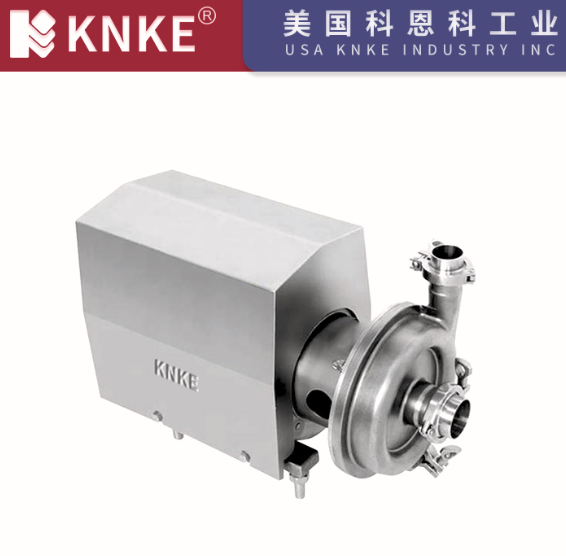Cavitation Phenomenon in Acid-Resistant Magnetic Drive Self-Priming Pumps and Its Impact
When acid-resistant magnetic drive self-priming pumps experience cavitation, it significantly impacts performance and service life. Cavitation occurs when the pump’s internal pressure drops too low, causing the liquid to vaporize into gas bubbles. These bubbles collapse rapidly in the high-pressure zone, producing a strong water hammer effect. This article explores the cavitation phenomenon and its consequences for pump performance.

1. Noise and Vibration from Cavitation
Cavitation in an acid-resistant magnetic drive self-priming pump creates gas bubbles that form and collapse in the high-pressure zone. The rapid collapse produces intense noise and vibration. The resulting sound is often like cracking or popping, similar to exploding beans. This noise and vibration disrupt the pump’s operation and may affect the surrounding environment.
2. Performance Degradation
Cavitation disrupts the energy exchange of the liquid inside the pump. This causes a decline in pump performance. The flow-head, flow-power, and flow-efficiency curves all drop as a result. If cavitation worsens, the liquid flow may stop, causing the pump to fail. The type of performance degradation varies depending on the pump’s speed and operating conditions.
3. Corrosion and Damage to Wet-End Components
Extended cavitation can damage the wet-end components of the pump. The shockwaves from collapsing bubbles impact metal surfaces. This causes pitting, perforations, and, in severe cases, metal grain detachment. Over time, the affected areas may form a honeycomb-like structure, weakening the pump and shortening its service life.
How to Prevent Cavitation in Acid-Resistant Magnetic Drive Self-Priming Pumps
To prevent cavitation, consider these steps:
- Optimized Design: Design the pump to match the working pressure and flow rate. Avoid excessively low inlet pressure.
- Regular Maintenance: Regularly check the pump’s seals and operation. Clean out debris promptly to maintain normal function.
- Control Speed: Avoid operating the pump at excessive speeds, as this can increase cavitation risks.
- Improve Inlet Conditions: Keep the suction port clean and ensure it does not draw air, which can create gas bubbles.
Cavitation can seriously affect acid-resistant magnetic drive self-priming pumps. By understanding cavitation and its effects on performance, you can take steps to minimize its impact. Implementing preventive measures ensures the pump operates efficiently and has a long service life.
